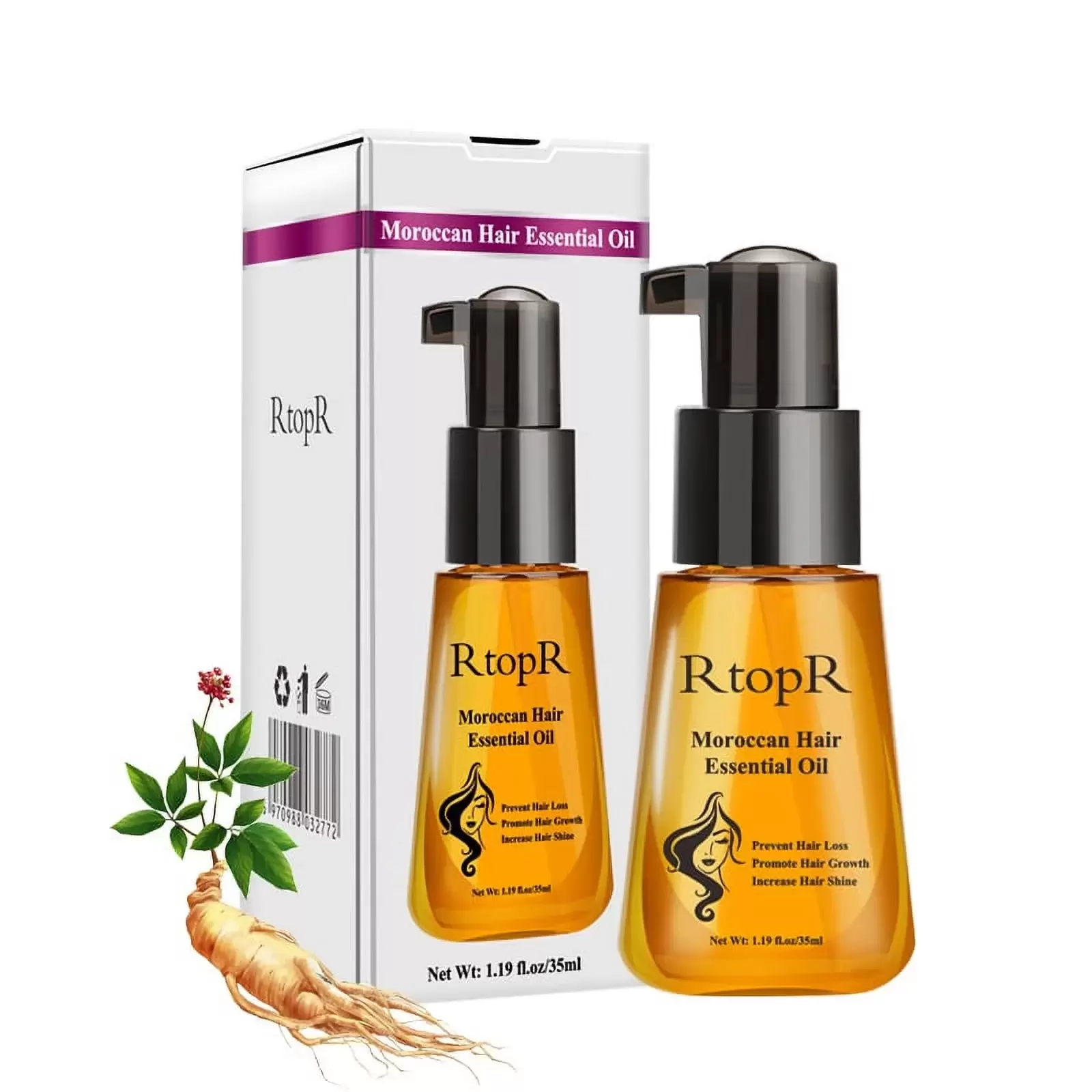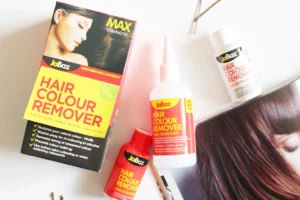Whilst your locks are lackluster and flyaway take over, it can be time to present your tresses some TLC with hair oil.
As a styling mystery celebrities and hair specialists swear via, oil holds the electricity to convert dry, damaged strands into soft, bright portions overflowing with health and brightness.
But with so many hair oil options available these days, how do you choose the right oil for your hair type and understand when to apply it? This comprehensive manual will assist you maximize the advantages of oiling your locks.
How Hair Oil Hydrates Hair
The motives hair oil is so useful stem from its potential to mimic your scalp’s herbal sebum.
Your scalp produces sebum oil composed particularly of lipids, fatty acids, ldl cholesterol, and waxes that moisturize and guard hair.
Environmental aggressors, warmth styling equipment, chemical processing, and different way of life elements can expand hair of its herbal oils over time.
While this happens, hair becomes porous and prone to breakage. It also loses its radiance and shine. Making use of hair oil allows refill misplaced lipids to rejuvenate dry, broken strands.
The molecular shape of oils lets in for clean penetration into the hair shaft without leaving extra residue.
Once absorbed, the oil works to seal break up ends, support hair, and lock in hydration for silky smoothness.
While all hair types can benefit from oil, those with more delicate textures may see even better results, as the following hair profiles demonstrate.
Hair Profiles That Benefit the Most from Oiling
Color Treated and Chemically Processed Hair
For hair weakened by way of chemical services like coloring, perming, or enjoyable, regular oiling is important.
The oils shape a shielding barrier at the cuticle, sealing in moisture to prevent harm and fade.
additionally they lessen friction and breakage as a result of frequent brushing or combing which draws out color and deals with strands quicker.
Search for herbal oils containing antioxidants to further guard against UV harm from the sun.
Dry, Damaged, or Dehydrated Hair
Whether from over processing, warmth styling abuse, or environmental factors, brittle, frizzy hair desires all the TLC it can get.
Oiling facilitates to deeply refill lost moisture and mend split ends. Heavier oils high in emollients like coconut, olive or avocado excel at soothing very dry hair back to silkiness.
Lightweight options still hydrate locks without excess greasiness.
Fine or Thin Hair
While thicker textures also see shine from oil, those with finer hair want to go easier on the application. Heavier emollients can potentially weigh hair down, making it look flat.
Opt for just one or two drops of a lighter oil massaged entirely through hair. Argan, marula or jojoba absorb without residue to still impart softness and separation.
Curly and Coiled Hair
Curls require extra hydration to stay defined without frizz. The right oils provide slip and moisture to nourish coils without causing buildup from product weighing down curls.
Look for lighter weight oils like coconut or grapeseed to seal in moisture without stripping curls of their bounce.
When to Apply Hair Oil
After Shampooing
A common misstep is thinking hair cannot handle oil right after cleansing. In
truth, applying some drops of hair oil to damp hair after washing lets in for optimum absorption.
The heat and moisture from a shower have opened up the hair cuticle, allowing the oil to more correctly penetrate the hair shaft.
It seals in hydration as hair air dries for conditioned softness.
Before Heat Styling
Blow drying, flat ironing or curling locks regularly expose them to damaging heat. Protect strands by oiling 10 minutes prior, allowing time to soak in before using hot tools.
The lipids create a shield against drying effects that cause brittleness and breakage over time. Start with only a pea sized drop of oil per application.
Mid Week Refresh
For many, hair by mid week lacks sheen as natural oils are depleted from environmental stressors and product buildup.
Refresh dry or frizzy strands 2 3 times weekly by adding 1 2 drops to the lower halves. Massage thoroughly, especially focusing on ends prone to splitting. This maintains moisture until the next wash day.
Best Hair Oils for Different Hair Types and Needs
Coconut Oil
- Lightweight composition penetrates quickly without buildup
- Soothes extremely dry hair back to silkiness
- High lauric acid content repairs split ends
Argan Oil
- Ultra absorptive liquid oil leaves no residue
- Contains vitamin E and fatty acids to hydrate
- Works well for all hair textures
Jojoba Oil
- Molecularly similar to sebum, so hair recognizes and accepts it easily
- Non comedogenic for those with acne prone skin
- Lightweight to hydrate thin or fine hair
Moroccan Oil
- Smooths frizz and flyaway with argan and jojoba
- Restores shine to color treated or sun damaged hair
- Great for dry, damaged, or coarse hair in need of nourishing
Olive Oil
- Anti inflammatory properties boost scalp health
- Reduces brassiness in blondes from sulfates in shampoo
- Adds softness to chemically treated hair when used as deep conditioner
Grapeseed Oil
- Lightweight oil moisturizes without residue
- Absorbs quickly to tame frizz on fine, limp hair
- Excellent for smoothing curly and coily textures
Proper Hair Oil Application Technique
The key is only using a small amount around the size of 1 3 grains of rice then massaging it entirely through hair.
Focus on the lower half and ends which see the most environmental damage.
For fine hair, concentrate application at the ends only and distribute sparingly without weighing locks down.
Gentle rubbing motions help distribute oil evenly down the strands. No need to rinse is necessary unless using before shampooing as a pre-treatment.
To enhance hair oil benefits further:
- Warm oils in hands first so they absorb better into hair cuticles
- Braid or roller set hair after oiling for most intense conditioning
- Use oil infused accessories like scrunchies between washes
- Reapply weekly or biweekly as needed for hydration
The molecular size of different oils affects absorption rate, so it’s ideal to test several types to see which most benefits your hair profile and lifestyle.
Consistency is key, as regular oiling repairs past damage and prevents future breaks from cumulative heat styling, environmental stressors, and other hair aggressors over time.
With the right hair oil tailored to your specific hair type paired with proper application techniques, repairing hair damage becomes totally achievable.
For dry, brittle locks craving hydration or color treated hair wanting protection, quality oils will transform broken strands into conditioned, lustrous pieces.
Be sure to vary application between cleansing, heat styling, and mid week refreshes for total hair health.
With these expert tips, you’ll see silky results for noticeably softer, shinier hair that turns heads.
FAQs
Q: When should I apply hair oil?
A: From the mid-lengths to the ends of your hair.
Q: Do you use hair oil on wet or dry hair?
A: Damp hair and let it air dry.
Q: Can I use hair oil daily?
A: Once or twice a week is a good rule of thumb for most people.
Q: Can I wash my hair with water only after applying oil?
A: Washing your hair with shampoo, rather than just rinsing with water, is the best way to cleanse your scalp and remove excess oil.
Q: Can I leave oil in my hair overnight?
A: Oiling your hair overnight as opposed to 15 minutes provides the ultimate deep condition.
Conclusion:
In conclusion, regular use of hair oil can significantly improve the condition of one’s locks when applied strategically.
Taking the time to select the appropriate oil based on individual hair traits and needs, then massaging it into strands using the proper technique ensures maximum benefit.
Whether freshly washed or in need of a mid week refresh, oils replenish lost moisture and seal cuticles to restore radiance. Consistency is key to seeing results over time.
Those with dry, damaged hair prone to frizz or breakage will be especially delighted by oil’s reparative, hydrating properties.
With tailored oil selection and application, anyone can bid farewell to dull hair in favor of soft, shiny strands.












